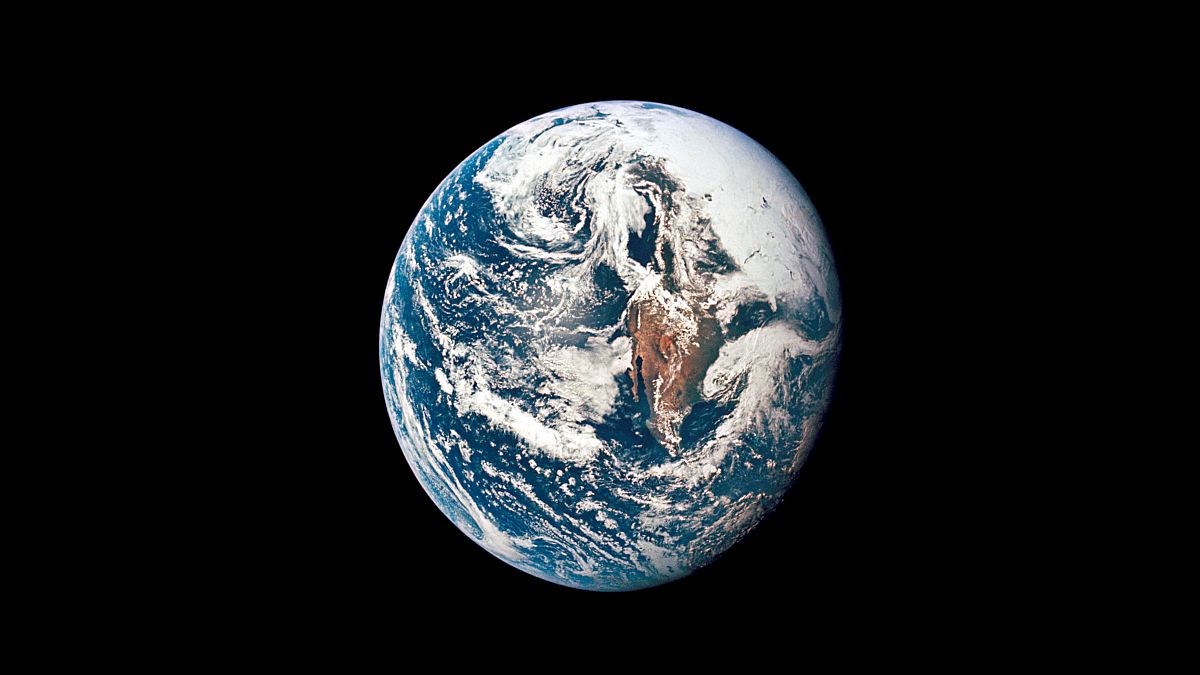When discovered in 2004, Apophis was thought to be one of the most potentially hazardous near-Earth objects, but new data shows it won’t hit the planet for at least another century.
An asteroid thought to be one of the most likely to pose a threat to Earth won’t collide with the planet for at least another 100 years, NASA has said.
Scientists thought there was a small risk of asteroid Apophis hitting us in 2068, but analysis of new observations of the rock has shown we should be safe from it for another century.
Apophis was discovered in 2004, and the 340-metre rock was initially a cause of concern for astronomers, who predicted it would come uncomfortably close in 2029, and then in 2036.
Both of these eventualities were ruled out by modelling its orbit, but until this month a collision in 2068 was still thought to be a possibility.
Apophis is the Greek name for an Egyptian god, enemy of the sun god Ra, and is associated with darkness, death and destruction.
It made a distant flyby of Earth on March 5, giving astronomers the opportunity to gather new data and refine the estimate of its orbit around the Sun, ruling out an impact this century.
“A 2068 impact is not in the realm of possibility anymore, and our calculations don’t show any impact risk for at least the next 100 years,” said Davide Farnocchia of NASA’s Center for Near-Earth Object Studies.
“With the support of recent optical observations and additional radar observations, the uncertainty in Apophis’ orbit has collapsed from hundreds of kilometers to just a handful of kilometers when projected to 2029. This greatly improved knowledge of its position in 2029 provides more certainty of its future motion, so we can now remove Apophis from the risk list.”
Some Earth dwellers will have the chance to see Apophis with their own eyes in April 2029, when it will pass the planet at the somewhat uncomfortably close distance of 20,000 miles - closer than the distance of geosynchronous satellites.
It will be visible to observers on the ground in the Eastern Hemisphere without the aid of a telescope or binoculars, NASA said.
